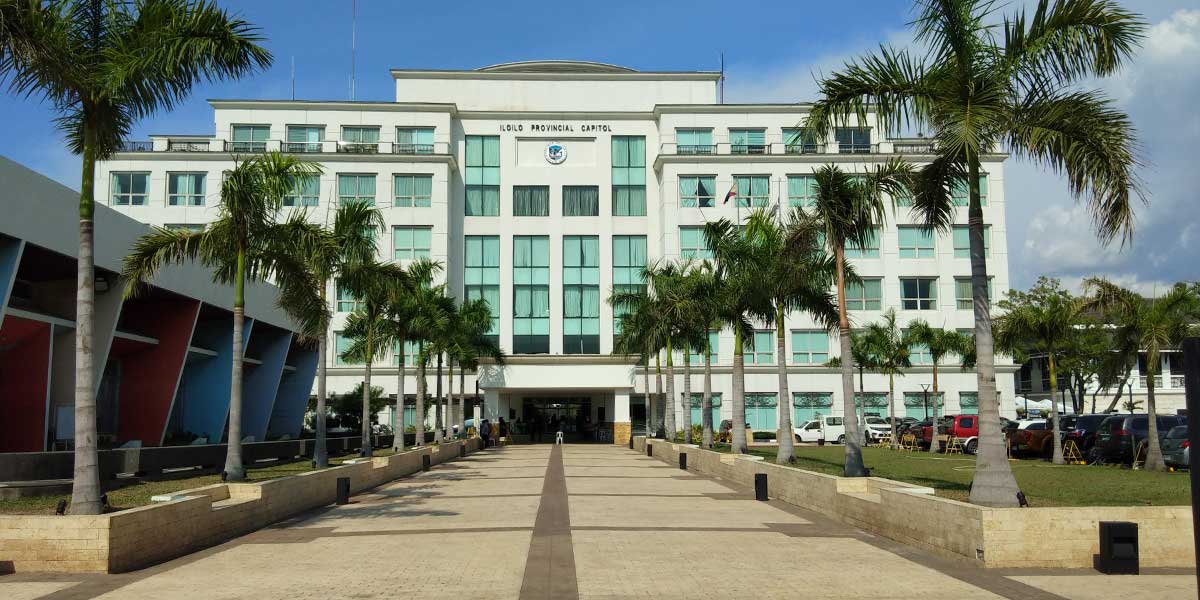Only 31 or less than a third of the Philippines’ 108 government-owned and-controlled corporations (GOCCs) accounted for P9.37 trillion of the total assets of all GOCCs amounting to P10.3 trillion in 2020, according to data from the Department of Finance (DOF).
Engaged in a broad range of activities from insurance and financing to charity work and gaming, these 31 GOCCs also had most or P14.89 trillion of the P15.37 trillion total liabilities of the government corporate sector in 2020, the DOF’s Corporate Affairs Group (CAG) said in its report to Finance Secretary Carlos Dominguez III.
“These amounts translate to 91 percent and 97 percent of the total assets and liabilities of the government corporate sector (in 2020). They are the major drivers of the financial and fiscal health of the government corporate sector. These assets also account for about half of the country’s gross domestic product (GDP) of (P17.94 trillion) for the same period,” said the report of the DOF-CAG headed by Undersecretary Antonette Tionko.
The DOF-CAG’s report on the GOCCs’ performance in 2020 was based on the audited financial statements of these state-run corporations.
In terms of dividend contributions as mandated under Republic Act (RA) 7656, about half or 15 of these GOCCs remitted a total of P30.8 billion or 54 percent of the P57.55 billion dividends in 2021.
Excluding the P15.9 billion of the Bangko Sentral ng Pilipinas (BSP), these firms accounted for 74 percent of the P41.65 billion remitted in 2021.
Assistant Secretary Soledad Emilia Cruz said the CAG reports that these 31 GOCCs are “considered fiscally significant either as major contributors to the revenue of the National Government (NG) or as recipients of direct and indirect support from the NG.”
These 31 GOCCs include the Philippine Deposit Insurance Corp. (PDIC), National Power Corporation (NPC), National Transmission Corp. (TRANSCO), Philippine National Oil Company (PNOC), Philippine Economic Zone Authority (PEZA), Bases Conversion and Development Authority (BCDA), Philippine Ports Authority (PPA), Power Sector Assets and Liabilities Management Corp. (PSALM), Philippine Amusement Gaming Corp. (PAGCOR), the Philippine Charity Sweepstakes Office (PCSO), Manila International Airport Authority (MIAA), the Civil Aviation Authority of the Philippines (CAAP), Land Bank of the Philippines (LandBank), Development Bank of the Philippines (DBP), Social Security System (SSS), Government Service Insurance System (GSIS), and the Philippine Health Insurance Corp. (PhilHealth).
Also included in the list are the National Food Authority (NFA), National Development Co. (NDC), Metropolitan Waterworks and Sewerage System (MWSS), Local Water Utilities Administration (LWUA), National Housing Authority (NHA), National Irrigation Administration (NIA), Philippine National Railways (PNR), Light Rail Transit Authority (LRTA), National Electrification Administration (NEA), and the Philippine Guarantee Corp. (PhilGuarantee).
“Most of these corporations form part of the consolidated public sector financing position of the Government,” according to the CAG report.
These 31 GOCCs and other state-run firms have also played a key role in helping augment the massive financing needed for the government’s COVID-19 response. They are also expected to contribute in raising funds for the subsidy programs being implemented by Malacañang to ease the impact of high fuel and commodity prices triggered by the ongoing Russia-Ukraine conflict.
Reforms and legislation enacted prior to the pandemic such as RA 11203 or the Rice Tariffication Law (RTL), RA 11199 or the Social Security Act, and RA 11371 or the Murang Kuryente Act (MKA) implemented in 2021 were important factors in the enhancement of the revenue of various GOCCs and, consequently, in the net improvement of the consolidated results of operations of the sector, Cruz noted.
“The movements in macroeconomic indicators, such as the currency exchange rate and interest rates, are significant variables and propellers in their operations,” she said.
The CAG report states that based on the 2021 unaudited financial reports of these 31 GOCCs submitted to the DOF, their combined assets and liabilities portfolios stood at P10 trillion (assets) and P16.22 trillion (liabilities), or an estimated growth of 7 percent and 9 percent, respectively, from the 2020 levels.
The net improvement in the consolidated results of operations of the government corporate sector last year was primarily driven by the PSALM, PCSO, CAAP, NFA, PDIC, PNOC, PhilGuarantee, and GSIS.
However, the substantial improvement in the operations of some of these GOCCs was tempered by the drop in the operations of GOCCs, which were directly affected by the pandemic and the corresponding health measures taken. These include the PhilHealth, SSS, MIAA, and PAGCOR.
The results of operations of the government corporate sector dropped to a P703.59 billion net loss in 2021 from P346.54 billion net loss in 2020 primarily because of the recognition of the Insurance Contract Liabilities (ICL) by GOCCs classified as government insurance institutions when the Philippine Financial Reporting Standards (PFRS) was adopted in reporting their financial statements.
Before the PFRS adjustments, the results of operations of these corporations totaled a net income before tax of P324.63 billion in 2021 or a 19 percent increase from the P273.66-billion level in 2020. The results of operations in 2021, sans the PFRS adjustments in the social security institutions reports shows that the GOCCs are starting to bounce back to their 2019 net income before tax level of P342.89 billion.
The overall performance of the sector for 2021 reflects the firm resolve of the government to promote transparency in the financial health of the government corporations through adherence to international reporting standards and best practices and related laws, rules, and regulations.
In December last year, Dominguez directed PhilHealth, SSS, and GSIS to estimate their social benefit liabilities in accordance with PFRS 4 beginning 2020. PFRS 4 is the current and interim accounting standard imposed on insurance entities in the Philippines.
The adjustments for future claims made a substantial impact on the expense and liability accounts and consequently on the stockholders’ equity position of these institutions.
However, the report made it clear that the adjustment for ICL does not affect the current cash flow of government insurance institutions. These institutions can still meet their current obligations to their members. Additionally, pursuant to the charters of these corporations, the fulfillment of these obligations are assured by the Republic. The combined ICL of GSIS, SSS and PhilHealth grew by 10 percent from P9.79 trillion as of the end 2020 to P10.81 trillion as of the end of 2021.
The remainder of the 31 GOCCs are the Home Development Mutual Fund (Pag-IBIG), Philippine Crop Insurance Corp. (PCIC), Social Housing Finance Corp. (SHFC), and the National Home Mortgage Finance Corp (NHMFC).
“As the Government threads towards the path to solid recovery, we expect to see increased demand for financing, increased government and consumer spending that will accelerate the recovery of the government corporate sector and bring back its financial position to normal levels,” according to CAG.
“This will be an opportune time for the GOCCs to build on the foundation of the road towards economic recovery laid by the NG, and become an important and strong ally in the process,” concludes CAG.






















